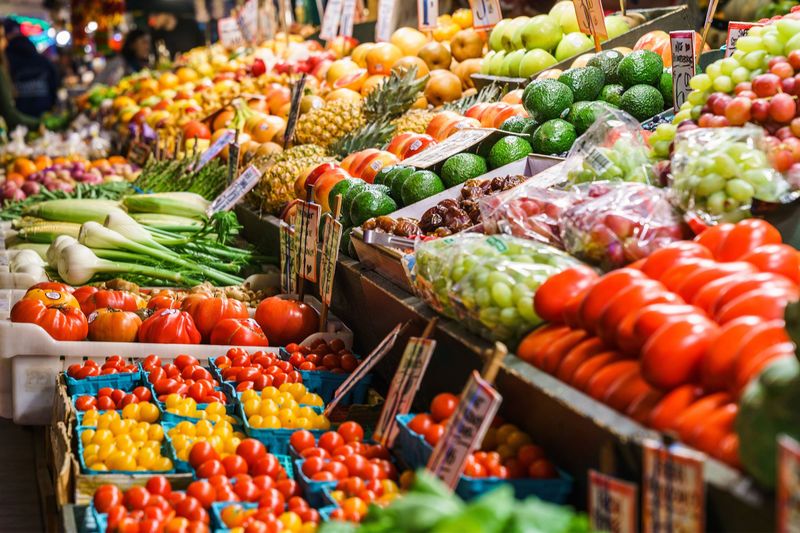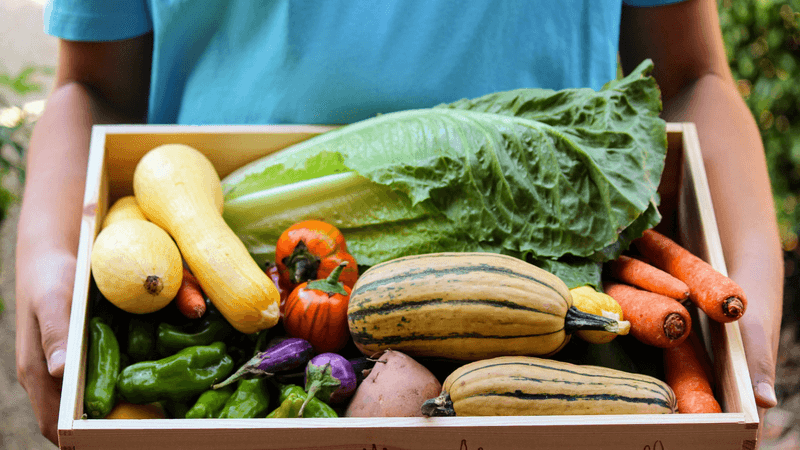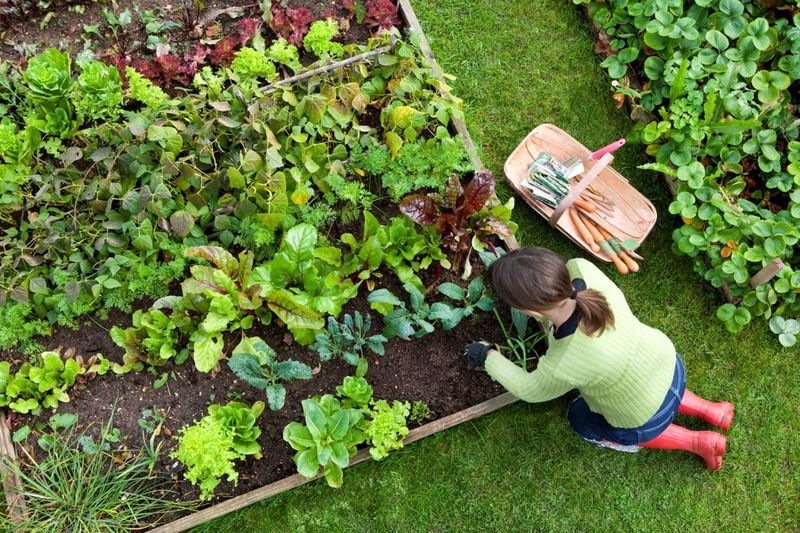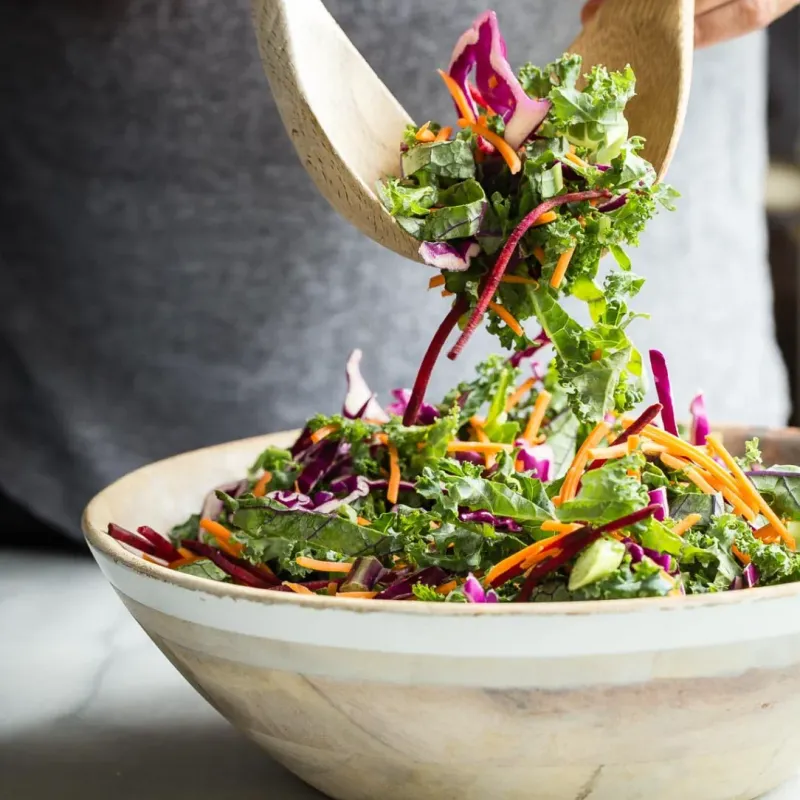Using seasonal produce is not only a sustainable choice but also a flavorful one. By embracing the natural cycles of growth, you can enjoy fruits and vegetables at their peak freshness and nutritional value. Each season brings its unique bounty, offering a diverse array of flavors and textures. Whether you’re a seasoned chef or a home cook, understanding how to make the most of seasonal produce can elevate your culinary creations. Here are seven creative and practical tips to help you harness the full potential of what each season has to offer.
1. Visit Local Farmers’ Markets

Farmers’ markets are treasure troves of fresh, local produce. By supporting local farmers, you not only get the freshest ingredients but also contribute to the community. The lively atmosphere, with vendors showcasing their colorful fruits and vegetables, makes for an inspiring shopping experience. It’s the perfect setting to discover unique produce that you may not find in traditional grocery stores. Whether you’re searching for heirloom tomatoes or fresh herbs, farmers’ markets offer a delightful variety. Plus, talking to farmers can provide insights into the best ways to prepare and store seasonal produce.
2. Join a Community Supported Agriculture (CSA)

Community Supported Agriculture (CSA) connects consumers with local farms. By subscribing to a CSA, you receive a share of the farm’s produce, delivered right to your door. This direct link ensures you enjoy the freshest seasonal items while supporting sustainable farming practices. The surprise element of receiving a variety of vegetables and fruits keeps your meals exciting. You’ll have the opportunity to try new produce that may not typically be on your shopping list. CSA programs foster a sense of community, connecting you with the people who grow your food.
3. Preserve the Harvest

Preserving seasonal produce allows you to enjoy it long after the peak season. From canning to drying, there’s a method for every preference. Making jams, pickles, or dried fruits not only extends the shelf life but also intensifies the flavors. Imagine opening a jar of sun-ripened tomatoes in the winter—it’s like capturing a moment of summer. Preserving also provides a hands-on way to connect with the food you eat. As you experiment with different techniques, you’ll find preserving to be both an art and a science, with delicious results.
4. Plan Your Meals Around Seasons

Aligning your meals with seasonal availability not only enhances flavor but also reduces costs. Seasonal produce is generally cheaper when in abundance. Crafting meals around what’s in season encourages creativity and variety in your diet. You’ll find that each season offers distinct tastes and textures, from the crispness of autumn apples to the juiciness of summer berries. Meal planning becomes an exploration of flavors, as you incorporate the freshest ingredients into your daily cooking. This approach brings a rhythm to your culinary adventures, making each meal a celebration of the season.
5. Start a Home Garden

Growing your own produce connects you directly with the seasons. A home garden offers the satisfaction of nurturing something from seed to harvest. It’s an educational journey, revealing the cycles of nature and the effort behind every bite. The taste of freshly picked produce, straight from your garden, is unmatched. Even small spaces can accommodate a few pots of herbs or a vertical garden. Gardening also promotes sustainability and reduces your carbon footprint. As you cultivate your green thumb, you’ll discover a deeper appreciation for the produce you grow.
6. Experiment with Seasonal Recipes

Cooking with seasonal produce inspires culinary creativity. Experimenting with new recipes allows you to explore the full spectrum of flavors each season offers. From hearty winter stews to vibrant spring salads, the possibilities are endless. Seasonal cooking encourages trying out new techniques and cuisines, broadening your culinary horizons. You’ll find joy in crafting dishes that showcase the best of each season, turning simple ingredients into masterpieces. Sharing these creations with loved ones enhances the experience, making seasonal cooking a communal affair.
7. Educate Yourself on Seasonal Produce

Understanding the cycles of seasonal produce enhances your culinary skills. By learning about what’s in season, you can make informed decisions about what to buy and when. This knowledge helps in selecting the best quality produce, ensuring your meals are flavorful and nutritious. Books, online resources, and cooking classes are great ways to expand your knowledge. As you delve deeper, you’ll become more attuned to the nuances of each season, appreciating the unique characteristics of different fruits and vegetables. This empowers you to make the most of what nature provides.

Well, hello there!
My name is Jennifer. Besides being an orthodontist, I am a mother to 3 playful boys. In this motherhood journey, I can say I will never know everything. That’s why I always strive to read a lot, and that’s why I started writing about all the smithereens I came across so that you can have everything in one place! Enjoy and stay positive; you’ve got this!

